A huge cave with a waterfall, a boat ride and ancient magic – like the combo?
Add to it a good workout for your legs.
You will find all this in the Smoo Cave and Waterfall, a geological wonder in the Northern Highlands of Scotland. It is one of the popular places to stop by on the Scottish NC500 route.
We came across this hidden gem while driving around in northern Scotland. It has history, legends and myths woven around it as with many places in this part of the world.
Smoo Cave is unique – being the largest sea and freshwater cave located in the remote village of Durness. It is perched on top of weathered limestone cliffs at the mouth of Geodha Smoo inlet (see map) right on the north-western head of Scotland. It resembles the open mouth of a dragon created on the side of the surrounding cliffs.
The cave name is thought to originate from the Norse Smuga or smjugg meaning a hole or hiding place.
A bit of history
Archeologists have discovered Neolithic, Norse and Iron age artifacts – (some of which are told to be almost of Mesolithic Age) inside the cave. Legends talk about the cave being a gateway to the fairy world guarded by spirits. A more mundane belief is that the cave was used by smugglers as a natural hiding place.
The cave has unique geographical qualities. There are tunnels and three main chambers in the cave:
The first is a large main cavern that visitors walk inside and explore.
The second smaller cavern has the breathtaking cascading waterfall. This waterfall was truly raging and forceful even in May. It crashes almost 80 feet through a hole in the stone ceiling and down into the second cavern.
The third inner cavern or chamber can be accessed only by a guided geological tour which includes a boat ride. This Smoo Cave geological boat trip can be arranged provided it is considered safe by the Smoo Cave management. There are times when the boat trip is not available.
What to see and do at Smoo Cave
Car park is rather tight and could have been bigger.
The Smoo Cave is accessed via a steep stairway down the cliffs, and then a footbridge. The path which descends from the car park to the cave is rather steep and uneven and requires caution.
– Walk down the stairs and footbridge stopping at various points for awesome views of the external cave and the beach at the bottom.
– When you reach the bottom, walk towards the beach and spend some time taking in the views and photos.
– Walk back towards the cave and enter the first chamber. Its entrance quite impressive – it’s like walking towards a giant mouth.
– Go further over the footbridge and view the roaring massive waterfall.
– Now if the boat ride is open, you may go to the third chamber and enjoy the ride which lasts about 20 minutes. The boat ride takes you to a point where you can scramble into the darker recesses of the cavern if you are comfortable with it. There is little lighting here. Waterproof clothing and sturdy shoes are advised.
– In addition, if you want to take up more challenge, climb up the dramatic stairs by the side of the cliffs going around to the top to enjoy some awesome views of the open sea at the inlet.
We are told that the cave belongs to the Durness Group of limestones and was originally created by natural processes of erosion in the Early Ordovician dolomites. Seawater eroded the limestone cliffs and formed the cavern.
It happens to be the largest sea cave entrance in Britain, being about 49 feet high and 130 feet wide.
Smoo Cave is unique especially because the chamber where waterfall is located was formed through freshwater and rainfall erosion.
OTHER THINGS TO SEE AND DO NEAR SMOO CAVE
-
Durness Bay and beach
Within minutes from Smoo Cave are the pristine Durness bay and beach. We had a long walk along the scenic beach. There are small shops around the car park where you can get good hot chocolate and ice cream.
- Balnakeil Chapel and beach
Balnakeil Chapel is a ruined historic site in the northwest of Scotland. This roofless church dates back to 1619 and has informative signboards on the site.
Although the chapel is in ruins, it’s interesting to walk around the structures and look at the headstones.
It is located at the end of the Balnakeil Bay and beach overlooking vast sand dunes. The bay is wide with a large expanse of white sand and clear turquoise waters.
Make sure to walk down the beautiful beach and enjoy some great views. Balnakeil Beach is perfect and the sea is inviting thanks to the shallow bay that is protected by the Faraid headland.
There are no facilities here. The nearby Balnakeil Craft Village has a good café.
-
Faraid Head
A bit further from Balnakeil beach is the Faraid Head on a peninsula in northwest Scotland.
The area near the beach is full of sand dunes and high grass providing nesting site for seabirds.
It has gorgeous scenery – peaceful and quiet. At Faraid Head, there’s a great walk through the dunes on easy paths.
Smoo cave and surrounds are some interesting attractions in the remotest part of Northwest Scotland and worth a visit if you are passing by. You will not easily find a similar cave elsewhere.
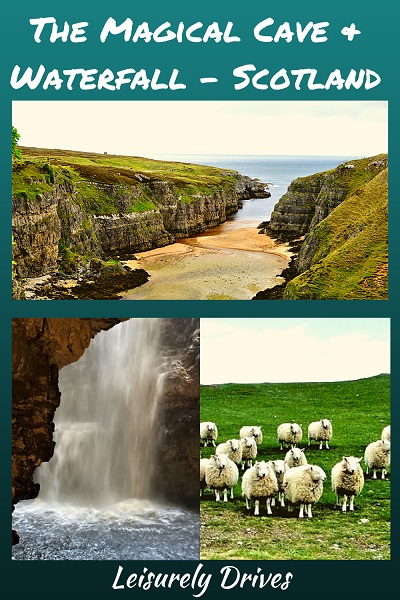
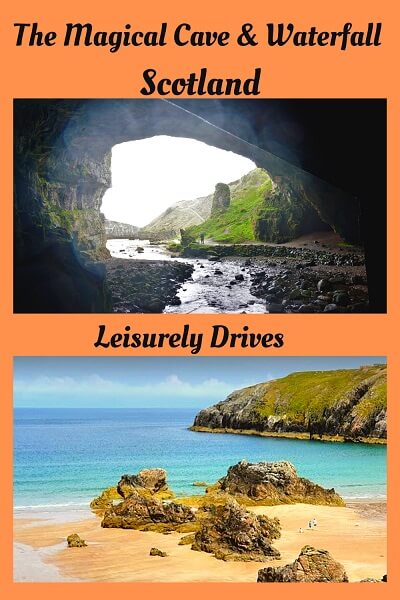

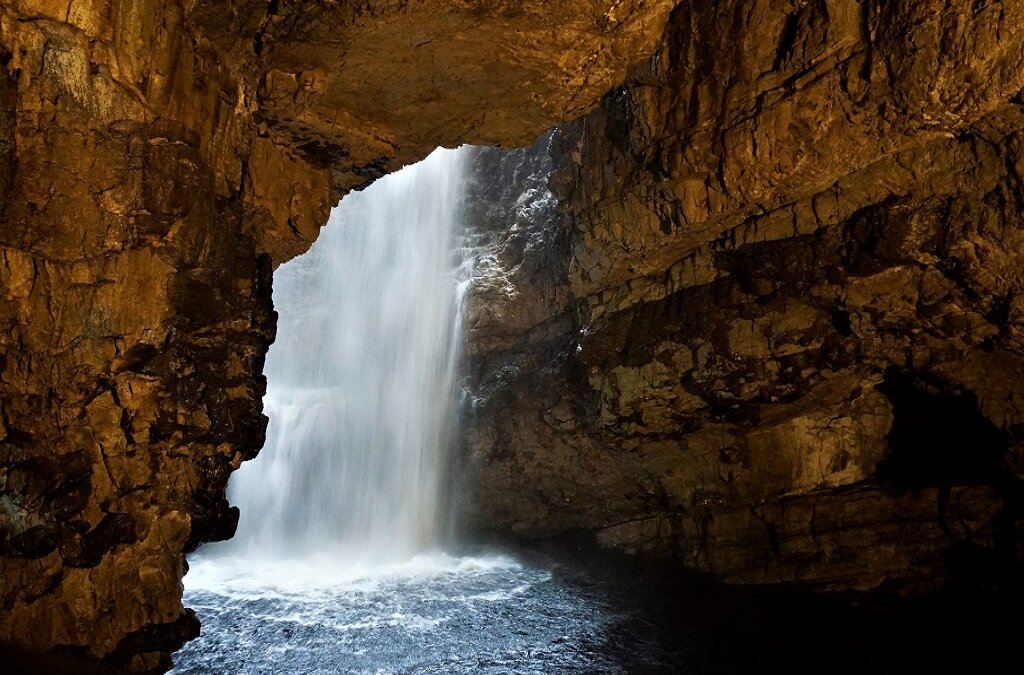
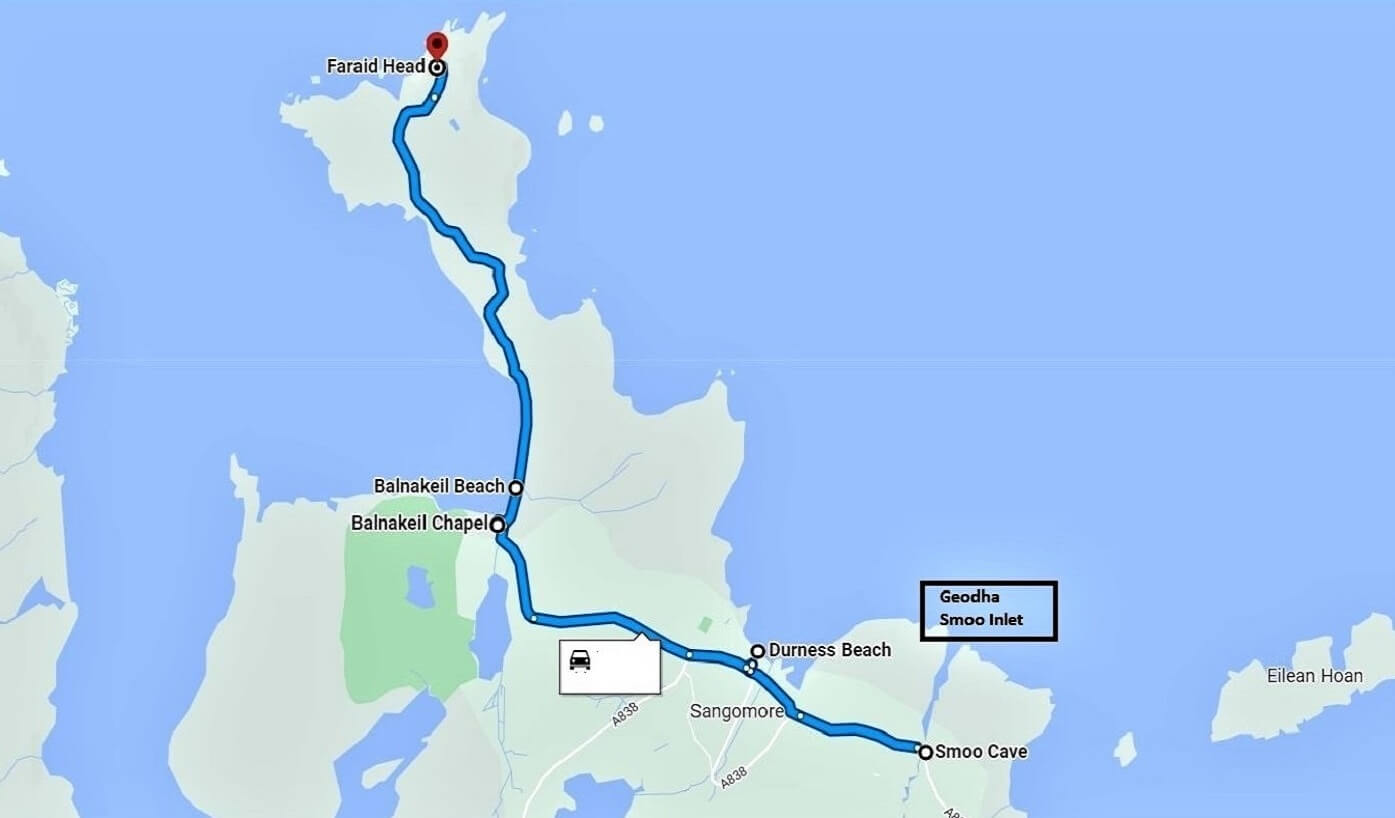
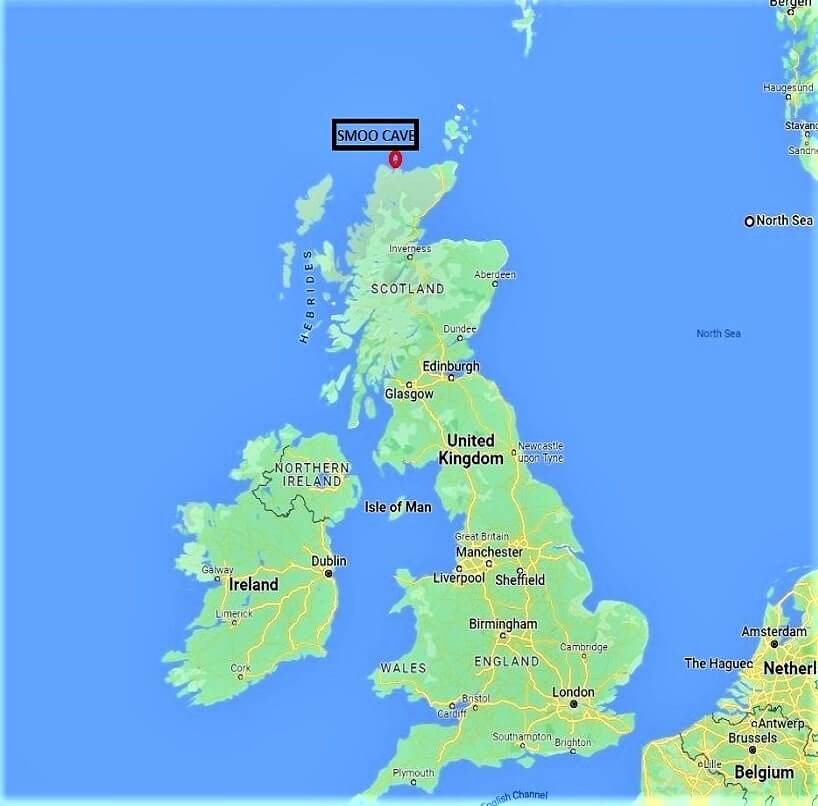
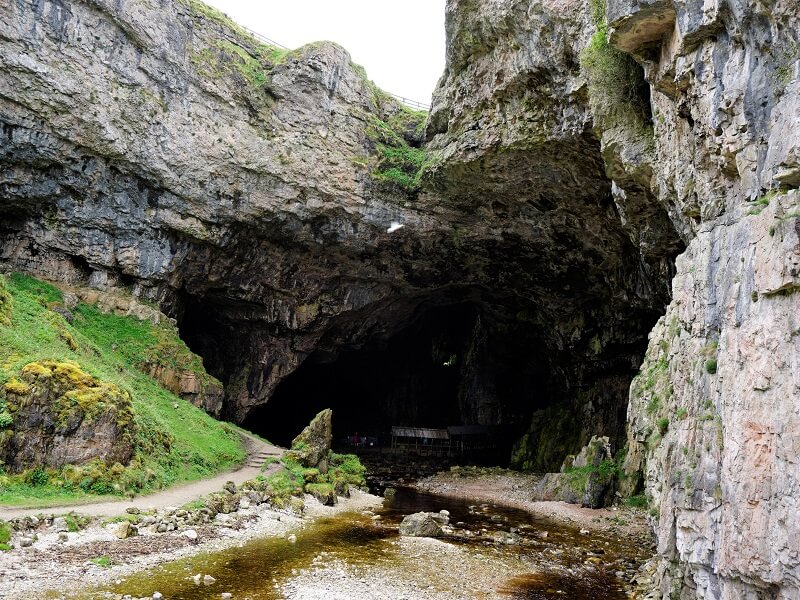
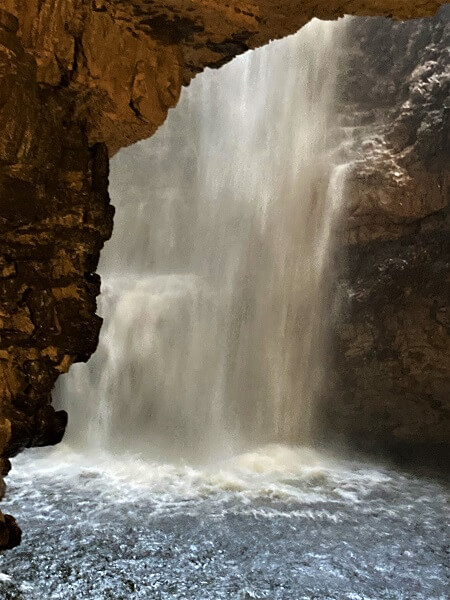
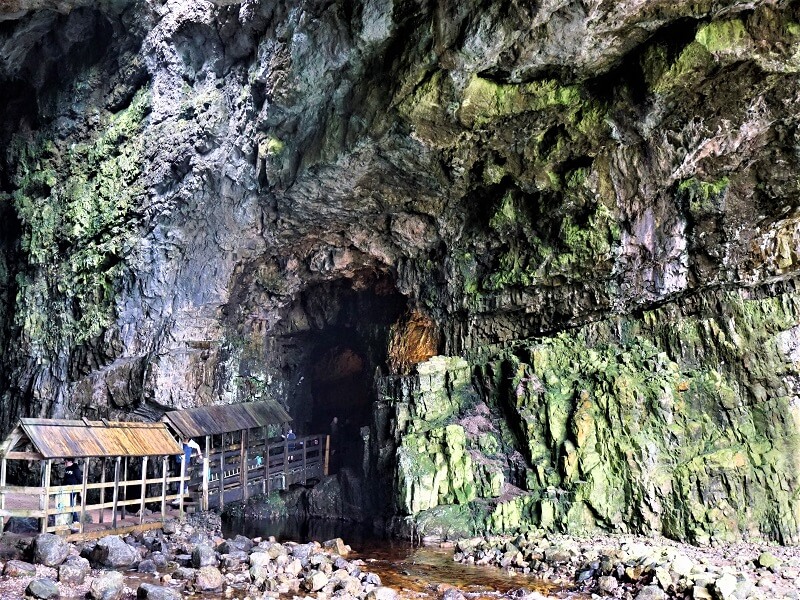
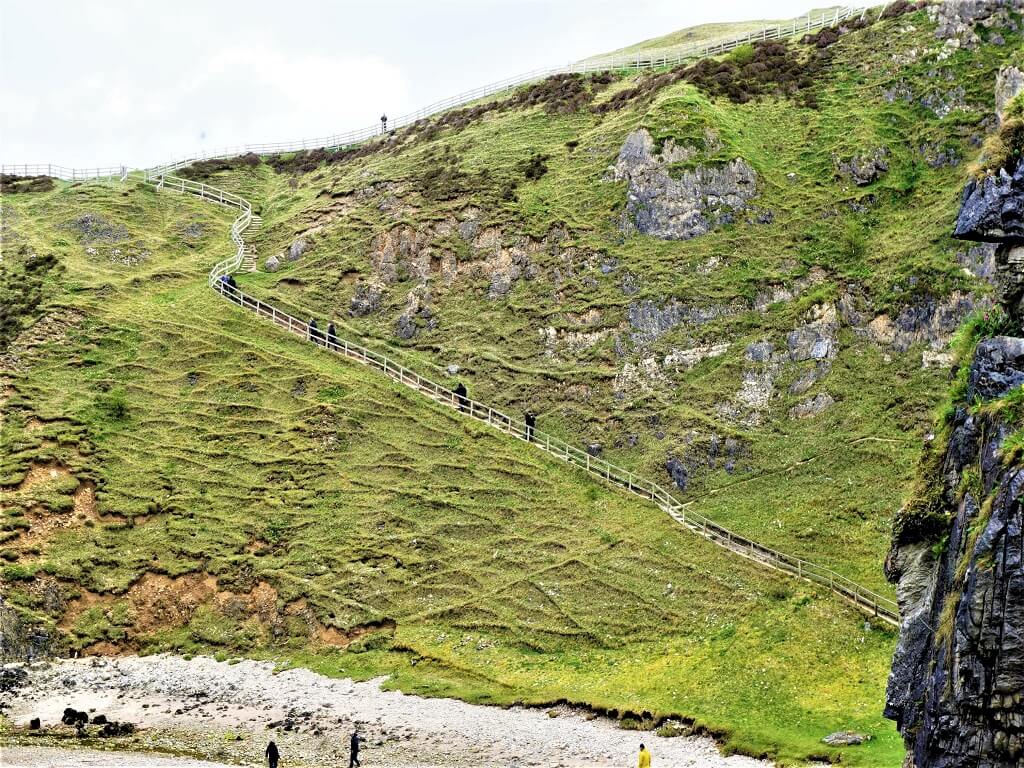
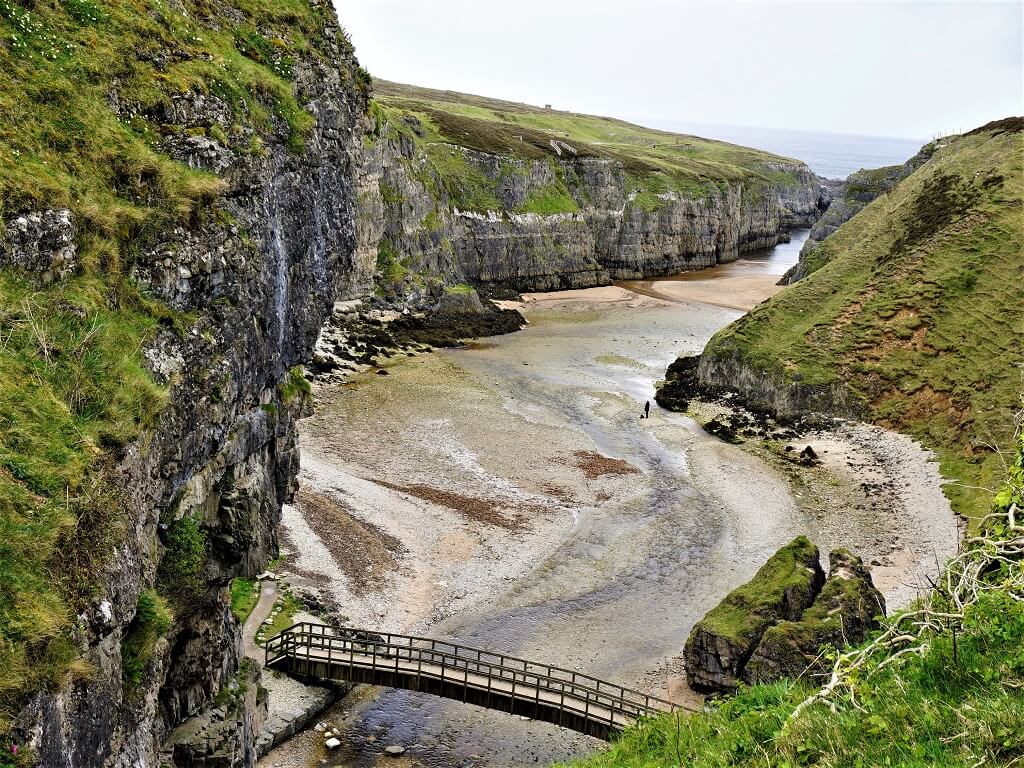
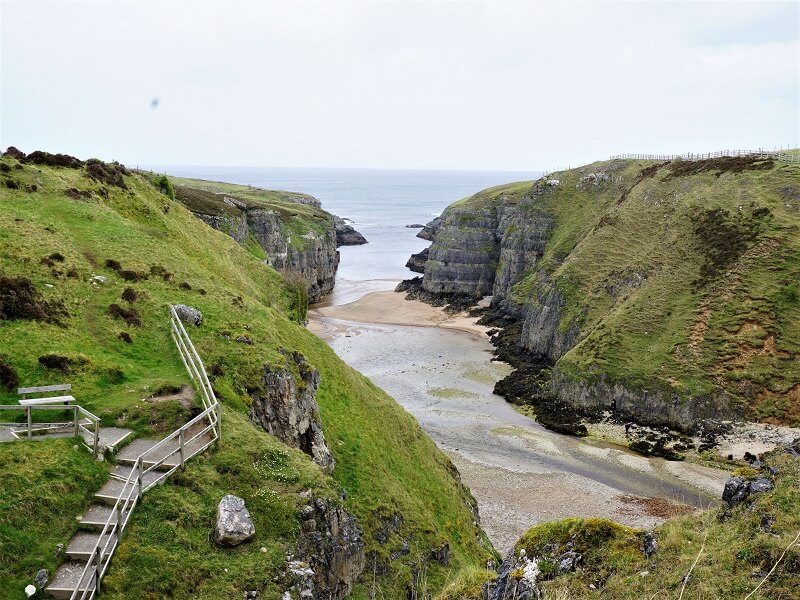
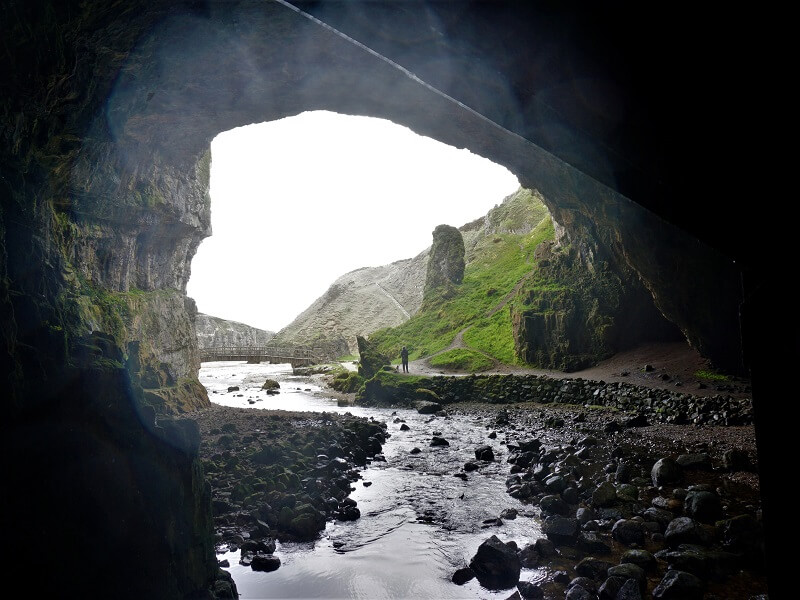

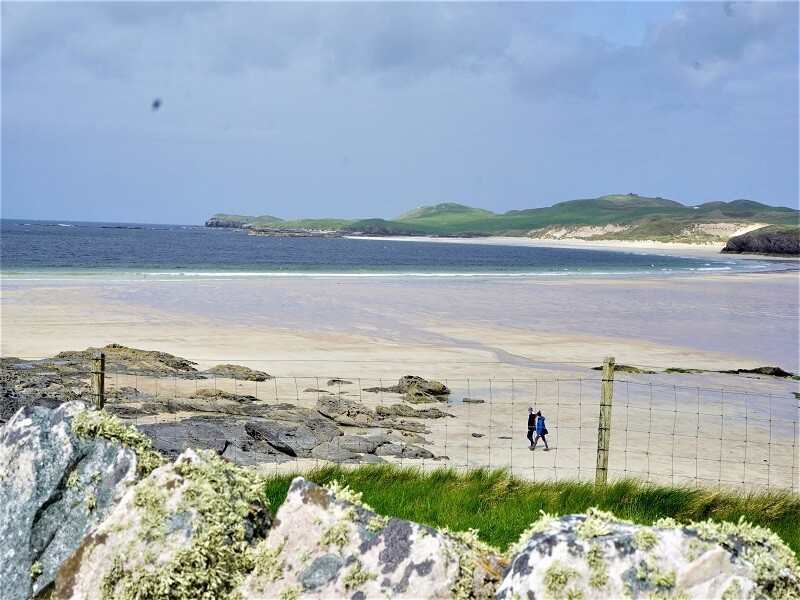
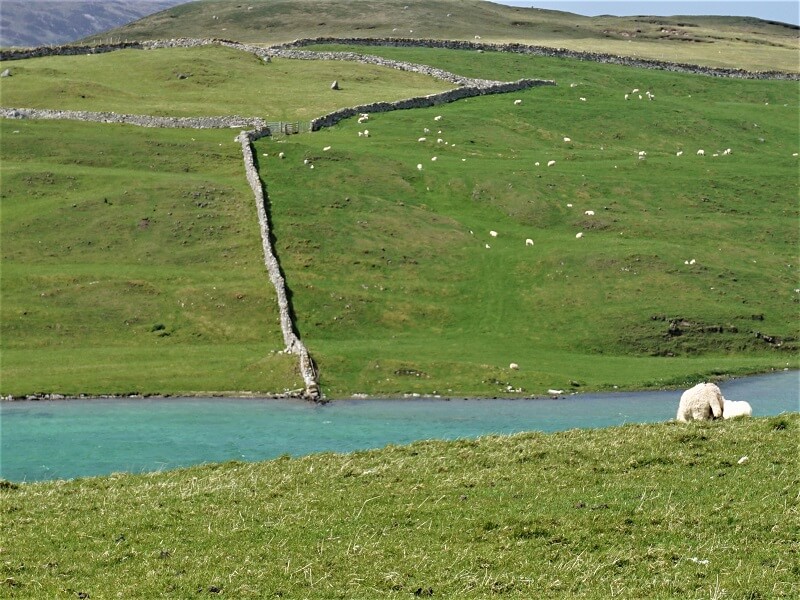
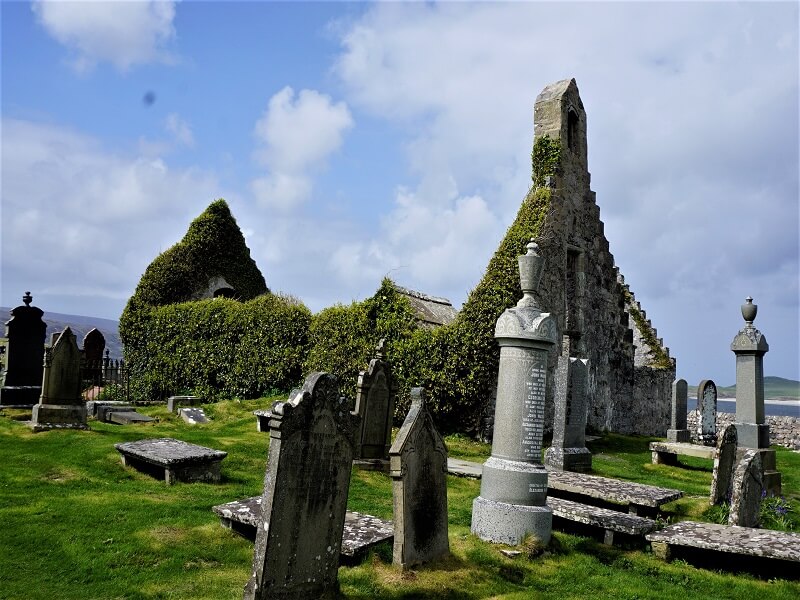

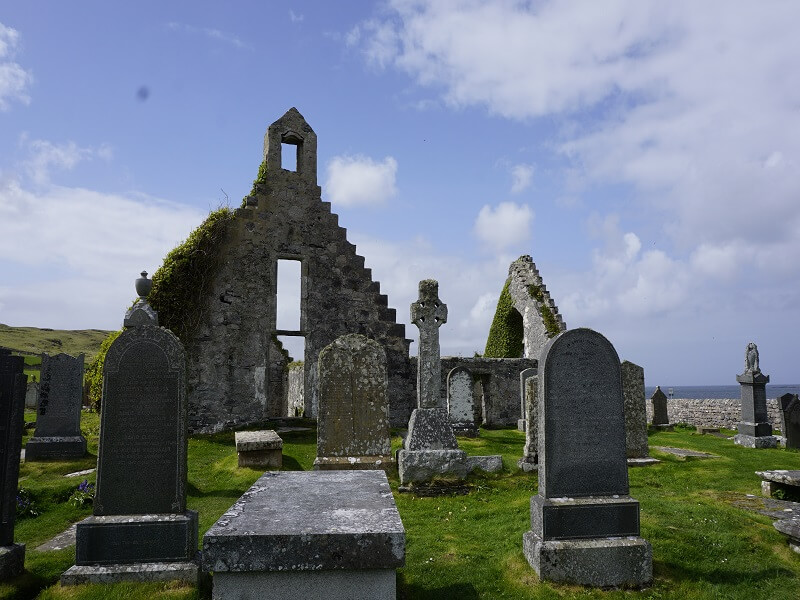
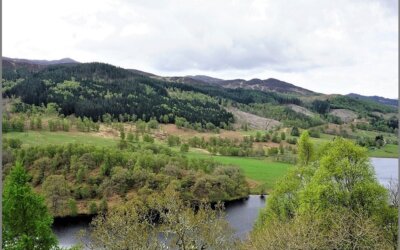
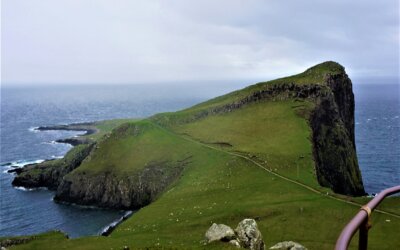
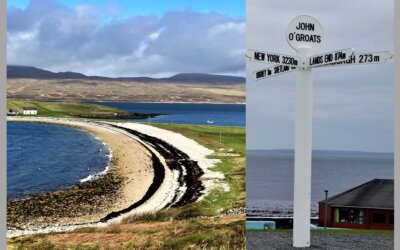
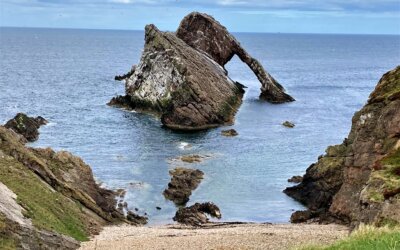

Smoo cave looks pretty impressive, not sure I’d be brave enough to visit the third cavern, lol. The whole area looks amazing, I need to return to Scotland – it’s been too long.
I was not too far from Smoo Cave when I was in Scotland a few years back, but didn’t make it there! Adding it to my list for next time I visit!
That waterfall is incredible! I haven’t been to Scotland yet, but it feels like just a matter of time–I’ll have to be sure to include a visit to Smoo Cave when I go 🙂
Wow! You are literally on top of the world here. It’s fascinating to think that the waterfalls have just been carving out the stone for hundreds of years. Thanks for sharing.
Scotland looks so beautiful. Smoo Cave is really cool! I would love to visit this spot during my trip to Scotland next year. Thanks for sharing!
We sure do love chasing waterfalls on our travels. The Smoo Cave definitely looks like an amazing stop on a road trip on NC500 in Scotland. We would want to do the boat trip to the inner cavern. Good to now it is not always available.
I definitely do like the combo of a huge cave with a waterfall, plus a boat ride and some ancient magic. I love the meaning behind the name Smoo Cave as a hole or hiding place.
I like how comprehensive your posts are and that you add a bit of history, too. Makes me appreciate the place even more. I absolutely love the green scenery, and the graveyard looks beautiful and interesting, too. A very nice post on a gorgeous region!
I’m fascinated with this cave with a waterfall in it! With all the research we did before visiting Scotland, I don’t recall learning about it. We never made it that far north, however. Your photos depict a beautiful setting; I love all the green, the sheep, the old church and cemetery, too. Looks like an amazing area to explore.
Smoo cave is definitely a place I’d like to visit. The scenery is beautiful. The hike seems a little rough but it’s looks like it is worth it.
It does look magical and getting to explore the caves are really fascinating including a boat trip to the inner cavern. I’m in awe of a waterfall in the caves, that is so unusual just like the name of Smoo Caves, I love it!
I must admit I haven’t expected to find a beach in Scotland but you have convinced me that it’s worth going there. Also the ruins of the monasteries look so intriguing, and the green pastures with sheep create such an authentic picture. Scotland is definitely a great place to go in summer.
I was JUST in Scotland and am so sad we didn’t have time to visit this area. There’s just so much to do and see in Scotland, and I feel like I’m going to need another, much longer trip to fully appreciate this country! Chasing waterfalls is one of my favorite things to do too, so I will definitely be adding this to my list. Beautiful photos and great post! Xx Sara
You did discover a beautiful hidden gem! Would love to explore Smoo Cave and Waterfall in the Northern Highlands of Scotland!
Ooooh this is going on the list, what a gem! I’ve been to the highlands before but didn’t know about the cave. Thanks so much for sharing!
I am yet to do the SC500 road trip but when I do I will be sure to keep a lookout for this magical waterfall. It looks like a lovely place to visit and it’s good to know there are other things to do nearby.
I love Scotland so much and can’t wait to add this to the next trip. Thanks so much for such an informative post and great pics!
The name “Smoo” makes me chuckle a bit! I’ve never been to Scotland, and this seems so far north. I love visiting waterfalls, and this one is especially pretty.
Smoo Cave looks pretty incredible, especially that you can take a boat inside. I have never visited a cave so large. I do plan on driving the NC500 hopefully next year, so I will make sure to add this to my itinerary. It’s good to know the small details as well, about the parking and hot steep the path down towards the cave is.
Scotland is so underrated–what a gorgeous place–especially when you can get in the sunshine, like you did. That boat into Smoo cave and being surrounded by those green craggy cliffs is so my speed. Can’t wait to get to back to Scotland, I will totally be doing this.
Scotland is on my list! And so I read with keen interest as I do love to seek out places off the beaten path and the Smoo Cave is just that! A road trip sounds like a fun way to explore hidden gems just like this one, good to know there are other things to do nearby making this detour well worth it.
Wow this is amazing. I had heard about smoo cave but never looked into it too much. Such a fascinating history and I love the folklore behind it too. Greta post as always, definitely a must see in Northern Scotland.
We would definitely plan to head to a spot that offers a huge cave and a waterfall. So would want to put Smoo Cave and Waterfall on our itinerary along the NC500 route. It would be great to visit when the boat ride was available and see all the chambers.
During my trip to Scotland, I missed Smoo Cave and Waterfall. Actually, I didn’t know that this place existed. I know that I have to return, as it’s magical! It’s impressive and so photogenic. Great that you provide so many useful tips!
Wow I want to visit Scotland! These look absolutely stunning!